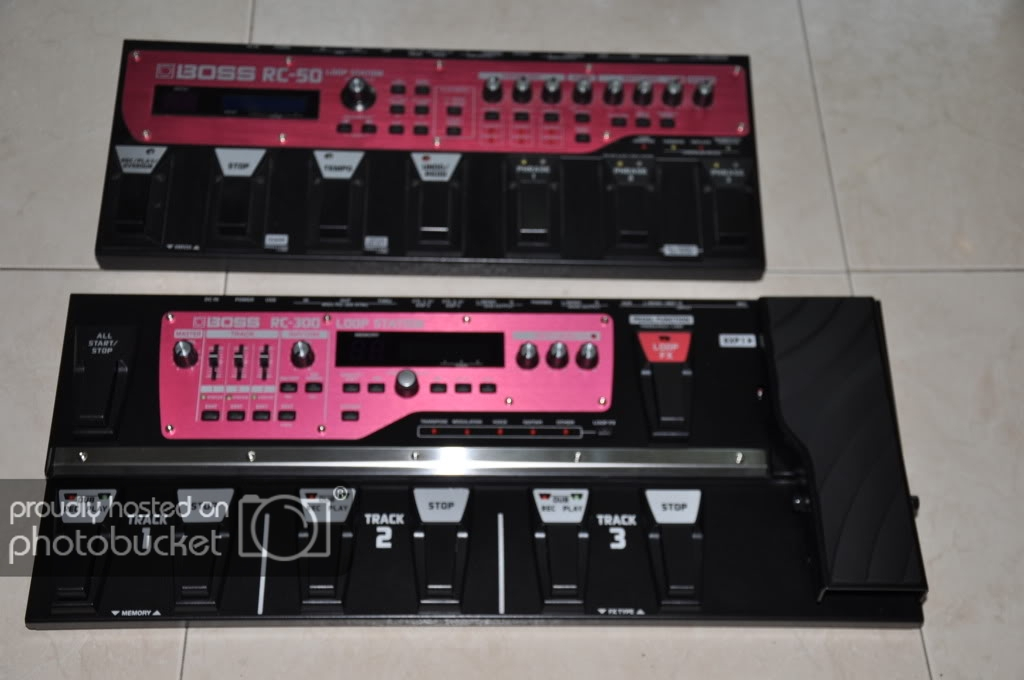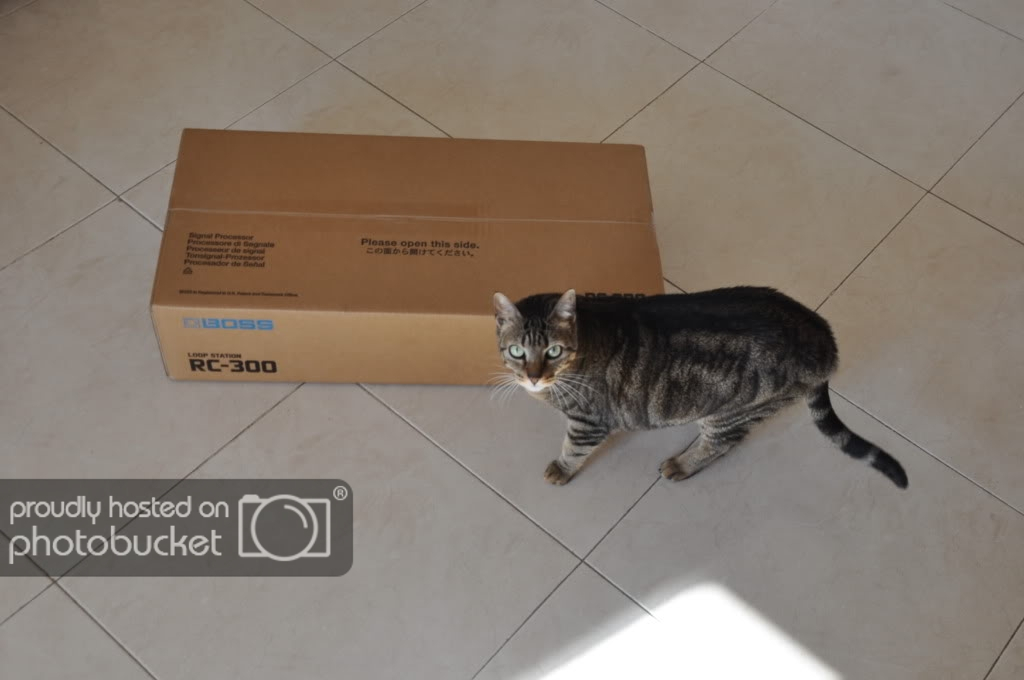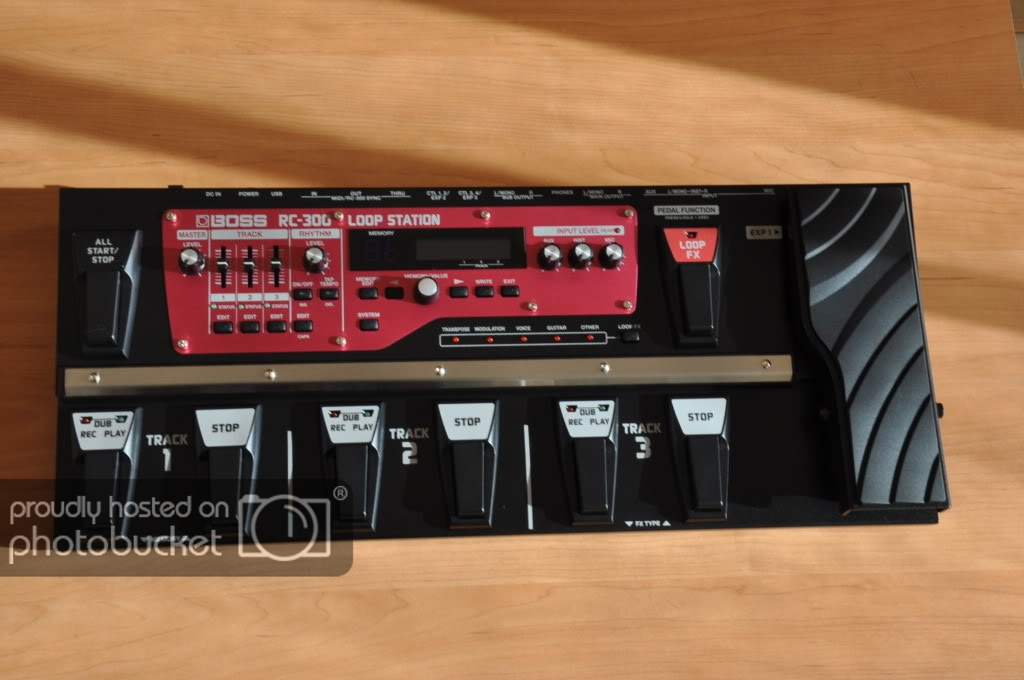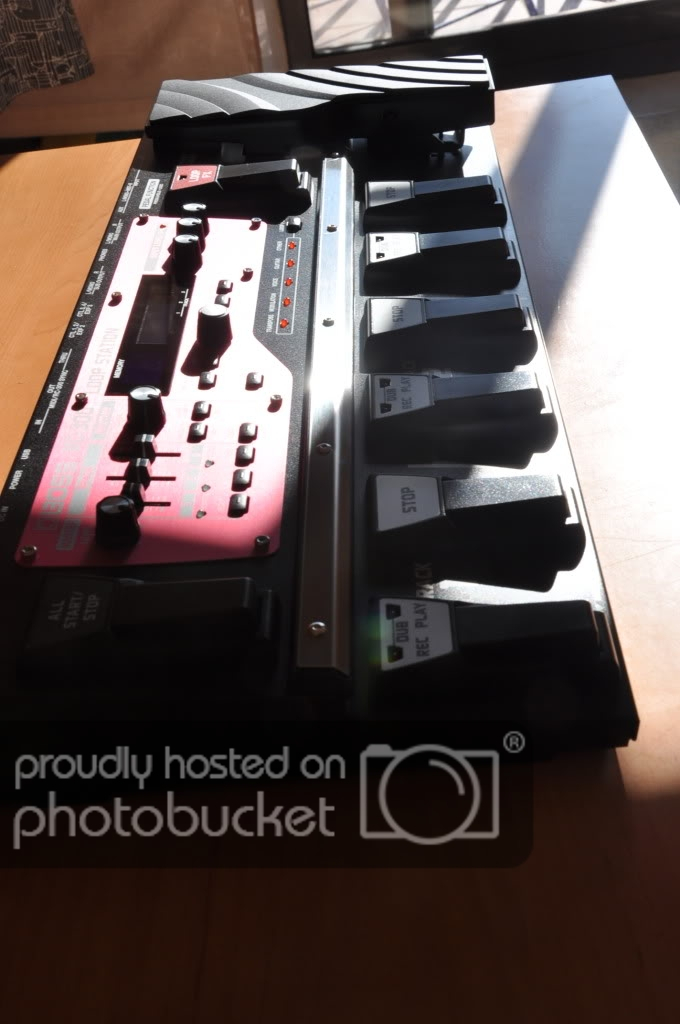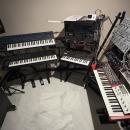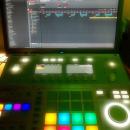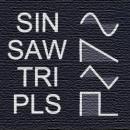He encontrado un comentario-review
en sweetwater que parece que responde lo que se pregunta en este hilo:
La copio tal cual:
Worth the Upgrade from RC-50 (but some issues)
by Eric Haeker from Philadelphia, PA
If you're afraid of another "two steps forward, three steps back" type of "upgrade"... FEAR NOT! They mostly got it right this time.
First off, I was a power user of the previous RC-50... It had many well-known flaws.
HERE'S WHAT'S BEEN FIXED COMPARED TO THE RC-50
* No more hiccup when you record the first loop in sync mode...
* Seriously, re-read that first bullet cause it is a HUGE improvement... It was a serious problem with the unit stalling for about a second before the first loop started to play back... Very embarrassing on stage.
*
MIDI Clock is FINALLY stable... If you work in MIDI you know why this matters.
* No more tap dancing morse code with your feet... There are dedicated pedals for each phrase's start/stop and other critical functions now.
* The manual is no longer 100 pages of poorly translated Japanese in 10 point font... Many gave up on the RC-50 due to its cryptic manual... Now it is actually in English!
* An Expression pedal is now built in... Smooth level management of loops vs. live playing is critical in my opinion and now the RC-300 is capable of that right out of the box (the built-in Expression Pedal can be assigned to master level, drums level, etc.).
* Much more recording time (three hours now vs. around 20 minutes in the RC-50).
* They added built in FX... They are fun, not the main reason to upgrade though.
WHAT THEY SCREWED UP THAT WAS GOOD IN THE RC-50
* RC-50 was 24 bit D/A conversion... The RC-300 is 16 bit. If you are doing serious recording, you'll want your source tone to bypass the RC-300s D/A converters so it doesn't get bumped down to 16 bit resolution... Easily accomplished if you know how to route your source signal via mixers and you use the RC-300s optional "100% Wet" mode (with none of the original signal coming out of it, just the loops).
* RC-50 allowed foot operation of "reverse" playback for each of the three phrases individually with dedicated switches and LED indicators... These switches/LEDs are gone in the RC-300, but a closer look reveals an external foot switch and/or MIDI workaround buried within the sub menu... Annoying... But at least you can still do it.
* You can no longer assign "Rhythm On/Off" to an external foot switch... Again there is an external foot switch and/or MIDI workaround, so at least it is still there as an option.
* There is no longer a simple footswitch for tap tempo input... REALLY! There is a tiny little button but good luck hitting that with your foot live... Again, the workaround requires either an external foot switch or external MIDI control.
WHAT THEY GAVE UP ON THAT NEVER WORKED IN THE RC-50
* The RC-50 claimed it could be a slave to an external MIDI clock sync...
* This was super buggy and we could not use it live...
* The RC-300 does not claim to have this feature at all... You can slave it to another RC-300 and that works fine, but you can't send it a MIDI clock sync from any other device.
SUMMARY
* Everything that was apparently lost compared to the RC-50 is still there but you'll have to access it via external foot switches and/or MIDI devices.
* What they gave up is probably not important to most users... Who can REALLY hear the difference between 16 bit D/A and 24 bit D/A in the average performance environment?
*
What they fixed is CRITICAL! (No more hiccup bug and MIDI clock is now VERY STABLE).
* It is MUCH easier to use than the RC-50 with the new pedal layout, simple manual, etc.
* The fun factor rates very high... I thought the built in FX would be stupid but then I lost myself jamming with it for 2 hours or so and had to admit they are pretty fun.
BOTTOM LINE: If you were a power user of the RC-50 be prepared to spend some time with external switch programming and MIDI control solutions, but you will be VERY pleased when you are done... If you just want a toy to play with, don't hesitate to buy this!




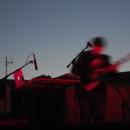
 )
) 

